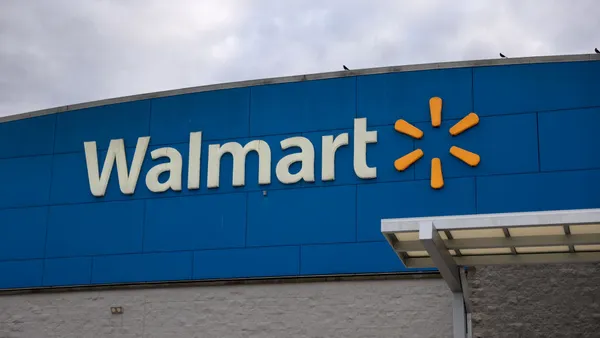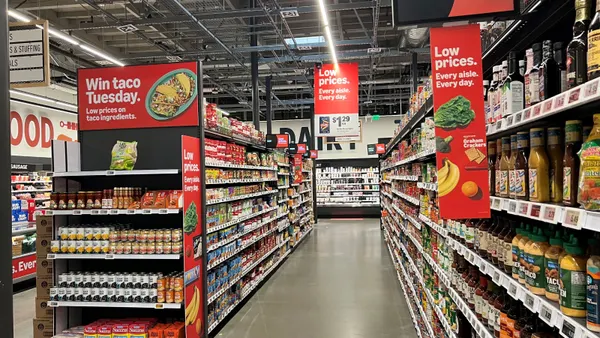Dive Brief:
- The meal kit delivery service market could reach nearly $20 billion by 2027, according to a new report from Grand View Research, Inc. That’s a compound annual growth rate of almost 13%, the report said.
- The projected growth is partially based on the recent traction in the market due to COVID-19, which has drawn many people to meal kits as they avoid grocery store trips and eat in. Part of the forecasted growth also relates to millennials’ ongoing interest in cooking at home and their awareness of food trends.
- The report finds that among meal kit offerings, heat-and-eat options will have a large share of the market due to busy, overworked families, while cook-and-eat is expected to be the fastest growing segment. Online meal kit platforms are expected to grow fastest at 13% from 2020 to 2027.
Dive Insight:
The once-flailing meal kit industry, which struggled with cooling consumer sentiment and unsustainable business models, is set to redeem itself in the coming years. Shoppers have a renewed appetite for meal kits in light of COVID-19 as they look for easy meal solutions and more options to get food without leaving home.
Not only have meal kits been an answer for time-crunched families who are sheltering in place amid COVID-19, they have also acted as "a rescue" for consumers who typically rely on restaurants and takeout for their meals. Without eateries operating in the traditional sense during the pandemic, shoppers have picked up on meal kits as a simpler way to cook.
While restaurant-goers could return to their favorite establishments as things open back up, there’s a chance that meal kit companies could win them over in the long run once they gain confidence in the kitchen and see the value of the format.
On the other hand, consumers have proven to be noncommittal and investors remain doubtful when it comes to meal kits. The Wall Street Journal reported that fewer than 10% of new meal kit users in the U.S. are around after two years, according to analytics from Second Measure. HelloFresh shares fell 6% at the end of May after there was talk of a COVID-19 vaccine being available by year’s end, and Blue Apron, even with recent gains, has only reached $10 a share.
For the industry to maintain its momentum, experts say companies will need to innovate and offer new models. Meal kit makers will also need to pay close attention to issues like shelf life and price, which have traditionally been difficult to manage. They’ll also have to prove some kind of standout quality that people can’t get from restaurant takeout or their own home-cooked recipes, whether that’s variety, flavor or convenience.










